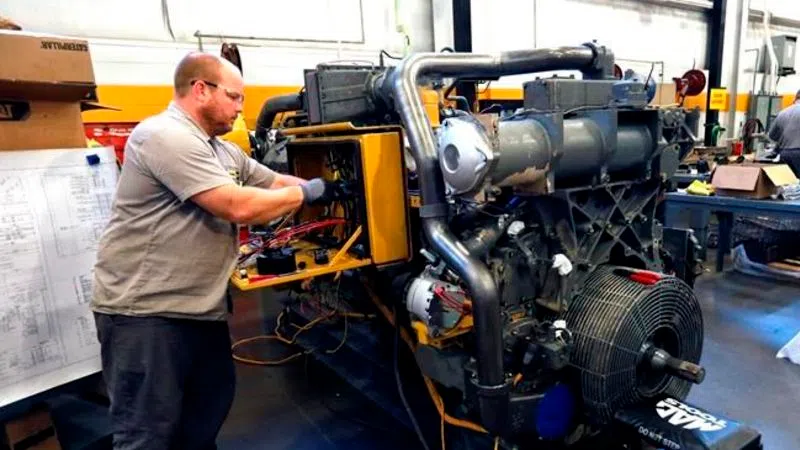
US manufacturing activity sank to lowest level since 2009
WASHINGTON — U.S. factory activity hit its lowest level in more than a decade, as President Donald Trump’s trade wars take a toll on American and global manufacturing.
The Institute for Supply Management, an association of purchasing managers, said Tuesday that its manufacturing index shrank for the second straight month to 47.8% in September, down from 49.1% in August. Any reading below 50 signals that the sector contracting.
Investors on Wall Street reacted immediately, as the reported slowdown in manufacturing fanned fears of weakening global growth. The Dow Jones Industrial Average, which was up this morning, plunged more than 200 points to 26,739, after the ISM report was released.
The nearly 15-month trade spat with China and tariffs on steel, aluminum and other products may have been intended to help US manufacturers. But it appears to be having the opposite effect, spurring the Federal Reserve cut interest rates by a quarter-point in September for the second time this year. Weakening business confidence and softening global demand have also hit American factories hard, prompting pullbacks in both production and employment. This month’s measure reported the lowest level of manufacturing activity since June 2009, the last month of the Great Recession.

